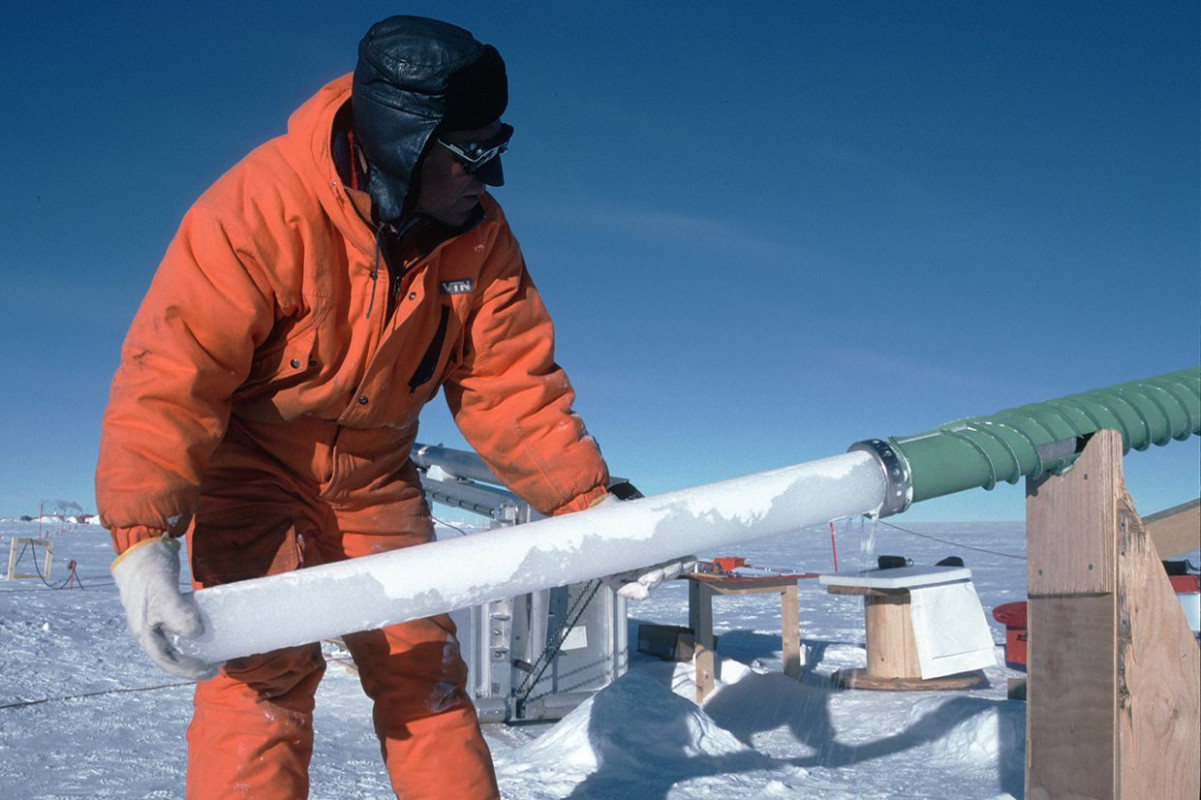 It is widely accepted that volcanoes have been one of the most common reasons for climate change throughout Earth’s history.
It is widely accepted that volcanoes have been one of the most common reasons for climate change throughout Earth’s history.
When they erupt, they emit smoke and debris into the air, affecting the amount of sunlight that heats up the planet. However, all this evidence has not really been quantitatively proven; we cannot go back to the past and measure how volcanic eruptions affect worldwide temperatures.
But now, scientists have been able to indirectly measure this change. By analyzing and dating ice cores, researchers from the Desert Research Institute have essentially created a timeline comparing volcanic activity and historical evidence.
The Contradiction
In the past, scientists have used two key pieces of evidence when measuring the relationship between volcanic activity and climate change: ice cores and tree rings.
Ice cores are cylindrical samples of ice that are obtained by drilling into deep sheets of ice at the north and south poles. These cores trap sulfur deposits that fall when volcanoes erupt, and analyzing them has proven to be an effective approach. Tree rings are good markers of temperature because the variations in the thickness of rings correlate to changes in climate; during seasons conducive to growth, rings tend to be thicker.
However, previous research was extremely inconclusive when it came to matching up data from ice cores and tree rings. Periods of volcanic activity did not always correlate to periods of temperature change. The dating of major climate-related events on Earth was also inconsistent between the two sets of data.
A Multidisciplinary Approach
To resolve this disconnection between ice cores and tree rings, the scientists approached the problem from various angles. They used newly developed methods of chemical analysis combined with mathematical algorithms to improve the dating of ice cores. They found that a “cosmic-ray event” - a period when high levels of radiation hit Earth from outer space - could be seen on both the ice cores and the tree rings. This allowed them to better correlate the dates.
In addition, the scientists worked with historians who had documents that described ancient climate changes. For example, a record from sixth-century Rome described a mysterious cloud that was associated with a long period of cool temperatures. This account was corroborated with today’s scientific evidence of a series of volcanic eruptions that led to colder temperatures.
It’s amazing to think of how connected our past and present are. Analyzing ice cores has shown us the influence of volcanic activity, and has given us a glimpse into Earth’s history.







